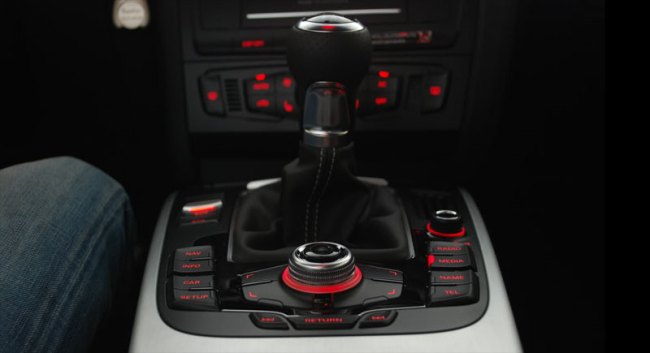
Gadgets and gasoline continued to get a little friendlier at this year’s Consumer Electronics Show, where a number of manufacturers showed off new in-car technology that promises to make your ride to work every bit as connected as the home. From in-car entertainment systems for listening to Jay-Z on the move, to devices that get you where you need to go (with the least gas), here were some of our favorites.
 Ford MyFord Touch
Ford MyFord Touch
Ford has been leading the way for in-car computer since it introduced Sync in cooperation with Microsoft back in 2007. This year, the same system gets more screens (two 4.2-inchers in the dash and a middle 8-inch), more features (apps like Twitter and Pandora), and more user-friendly. It will be available on both the 2011 Ford Edge and 2012 Ford Focus.
 Kia Uvo
Kia Uvo
You could be excused for seeing more than a passing resemblance to MyFord Touch in Kia’s Uvo system, because they both share Microsoft’s Embedded Auto platform. Much like the aforementioned system, Uvo can sync with phones for both calling and playing media, and has USB access for additional thumb drives on iPods, too. It will first appear in the 2011 Kia Sorrento.
 Audi 3G MMI
Audi 3G MMI
Looking above and beyond mere multimedia, Audi has tapped Nvidia’s new Tegra 2 graphics processor to power the next-generation digital dashboards in future Audis. The heavy-duty graphics processor will run Google Earth to show mapping and terrain in full 3D, as few standalone systems even can. A cellular data connection will also provide news, weather and travel information. Audi expects the first units to appear in the 2011 A8.
 Pioneer AVIC-X920BT
Pioneer AVIC-X920BT
Not ready to ditch the 1992 Accord just to get next-gen computer technologies on your commute? Pioneer has you covered. Like many of its pricy X Series receivers, the X920BT pulls audio and video from thumb drives, plays XM and Sirius radio, offers built-in GPS navigation and Bluetooth, but it does one trick all the others won’t: play Pandora. Using a USB-connected iPhone as a modem, it pulls digital music right over the cell network and even shows artist names, album art and other details on the 6.1-inch LCD screen. It will retail for $1,349 when it debuts later this year.
 Garmin EcoRoute HD
Garmin EcoRoute HD
It’s about time your car and your GPS navigator had a talk. And with Garmin’s EcoRoute HD, they can. The discreet black dongle plugs into the OBD II port under your dash and wirelessly transmits data from your car’s computer to one of several compatible Garmin GPS units. Besides delivering instant diagnostic information like error codes, coolant temperature, and even engine timing, it can help monitor how efficiently you drive by assigning a green driving score based on acceleration, braking and speed. Garmin will begin selling it in March for $150.








